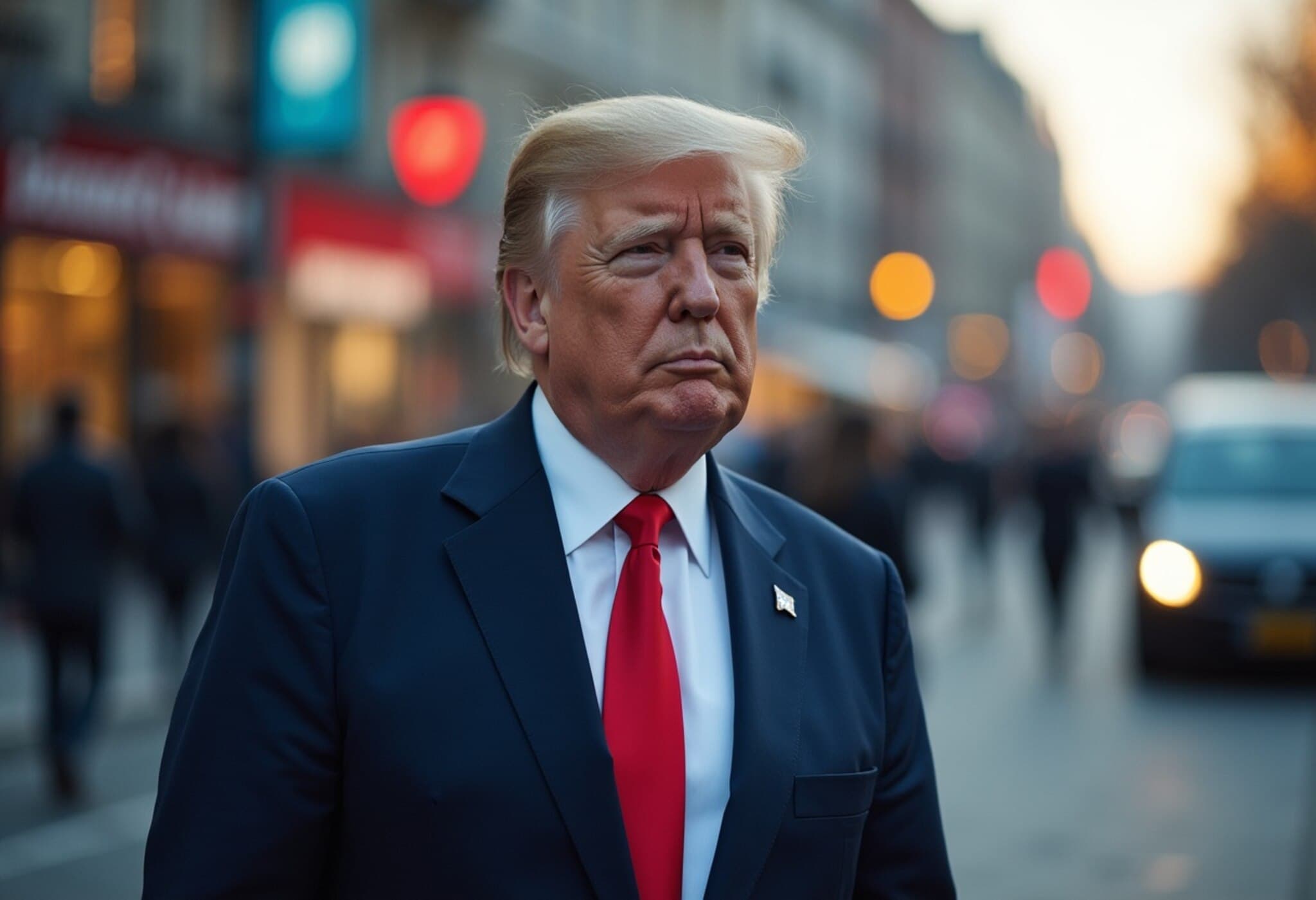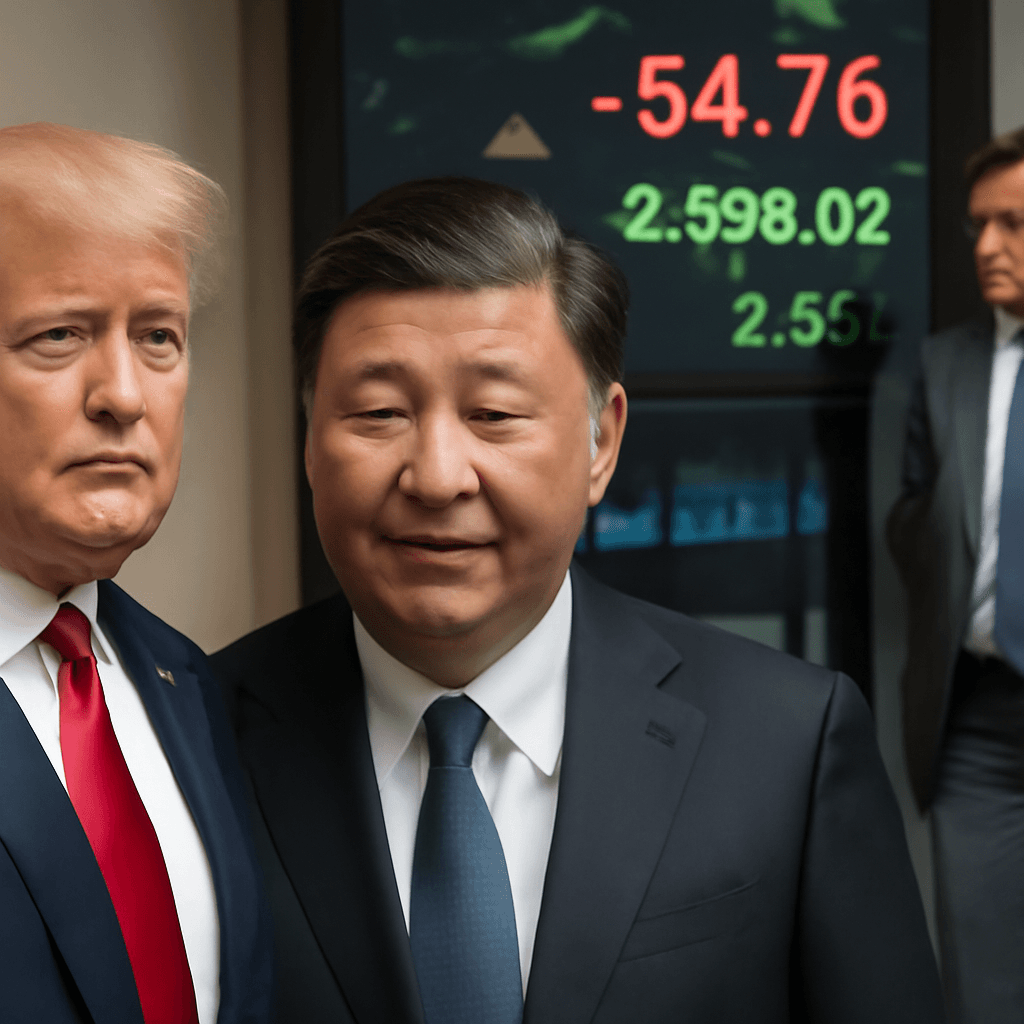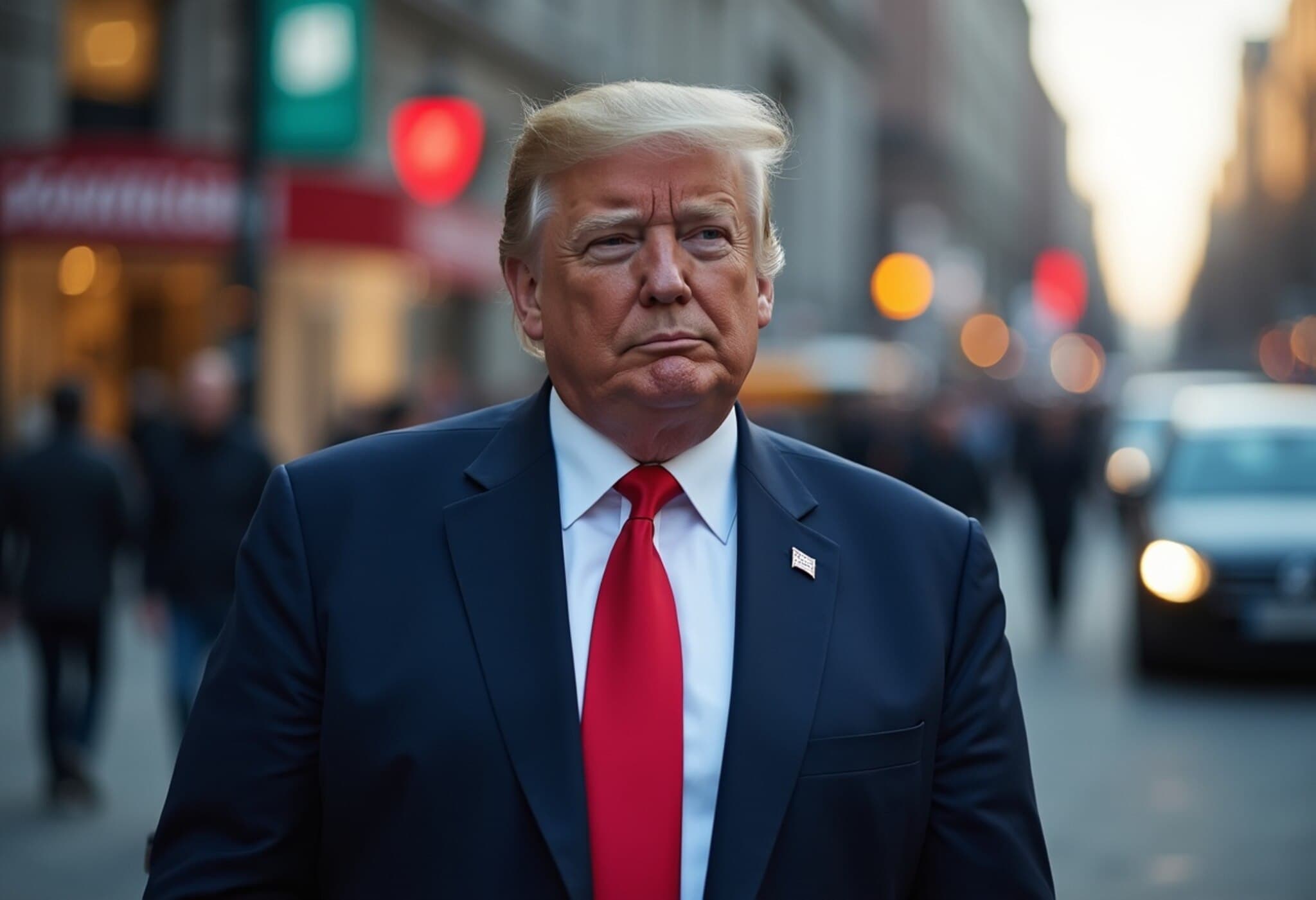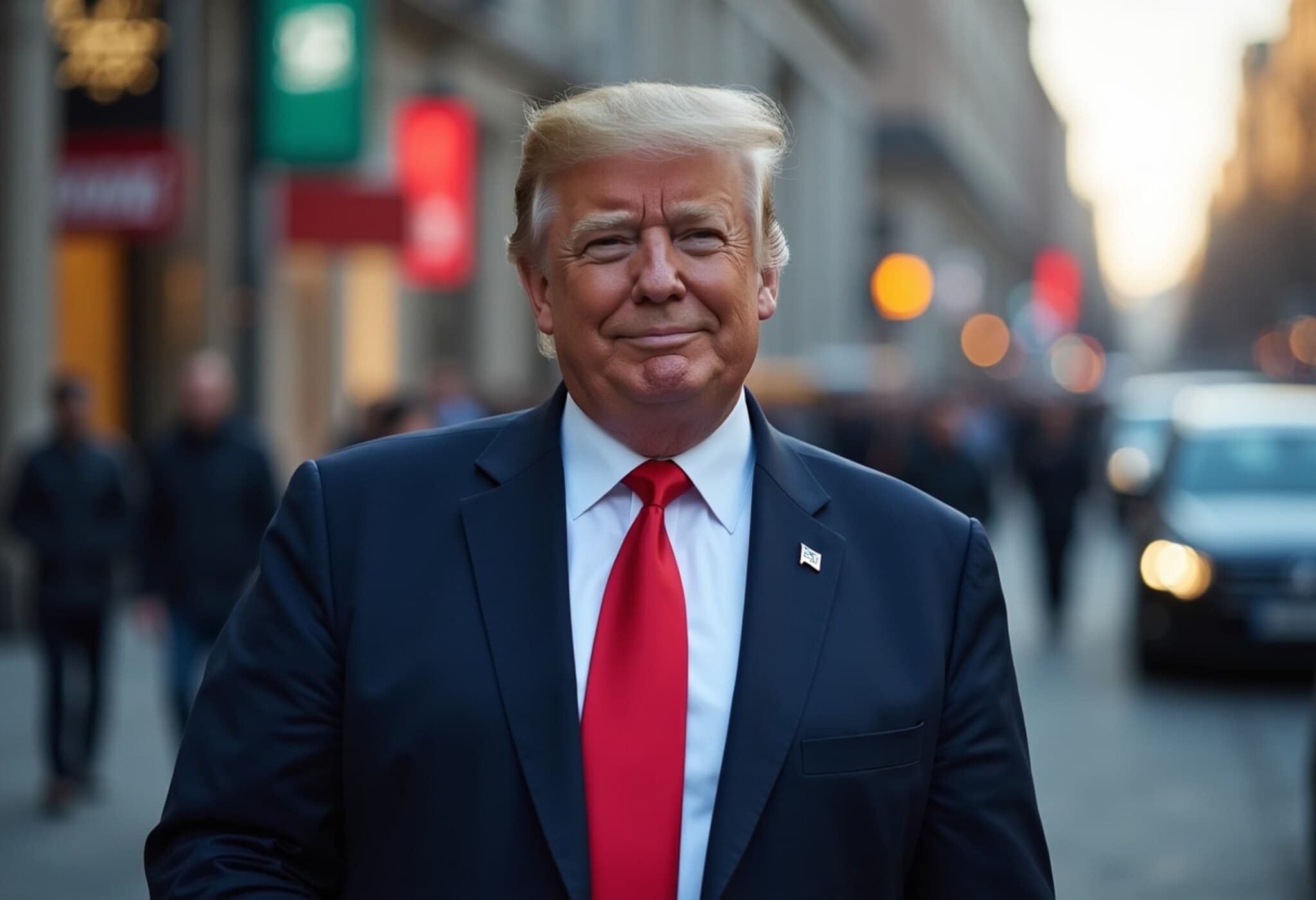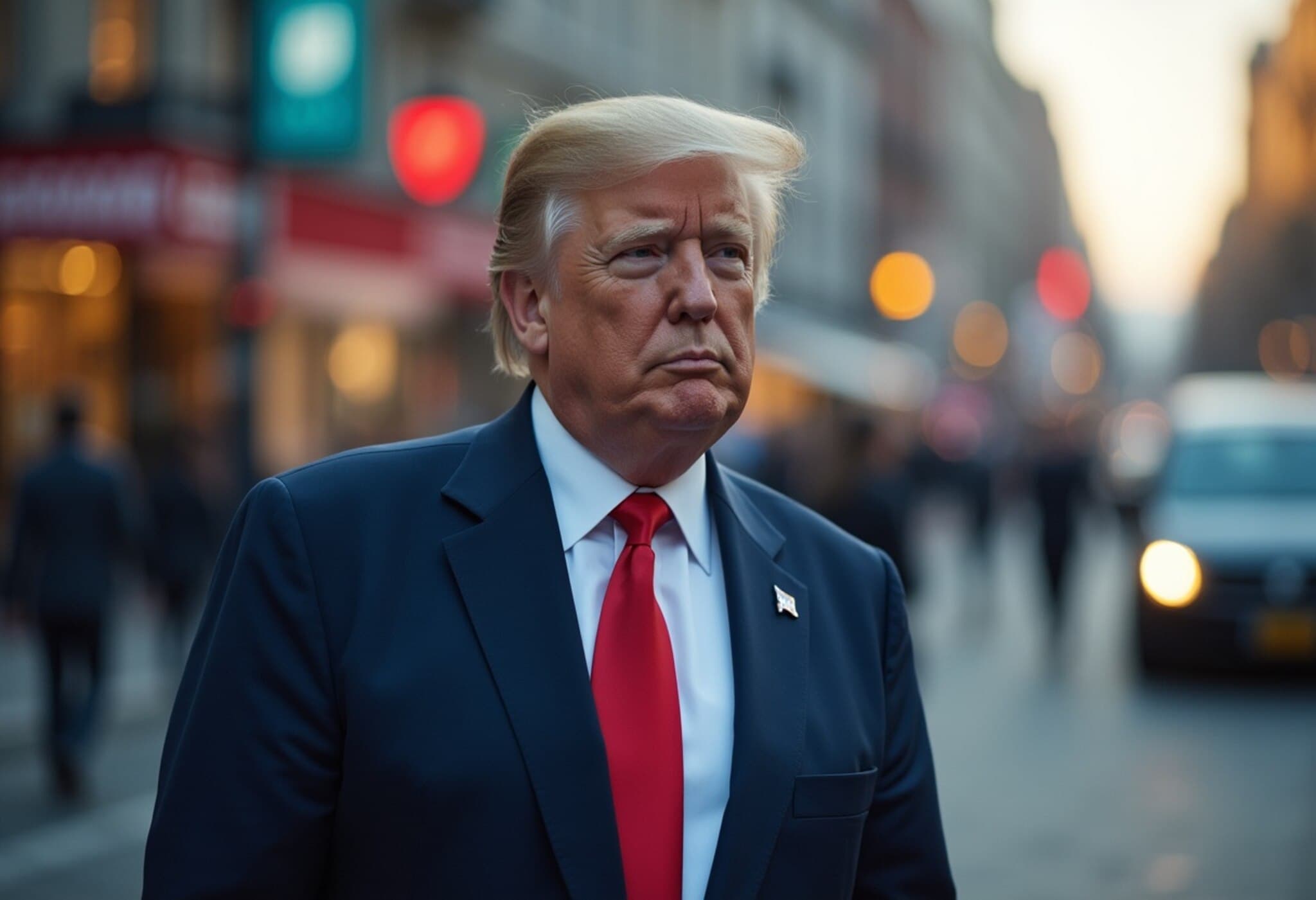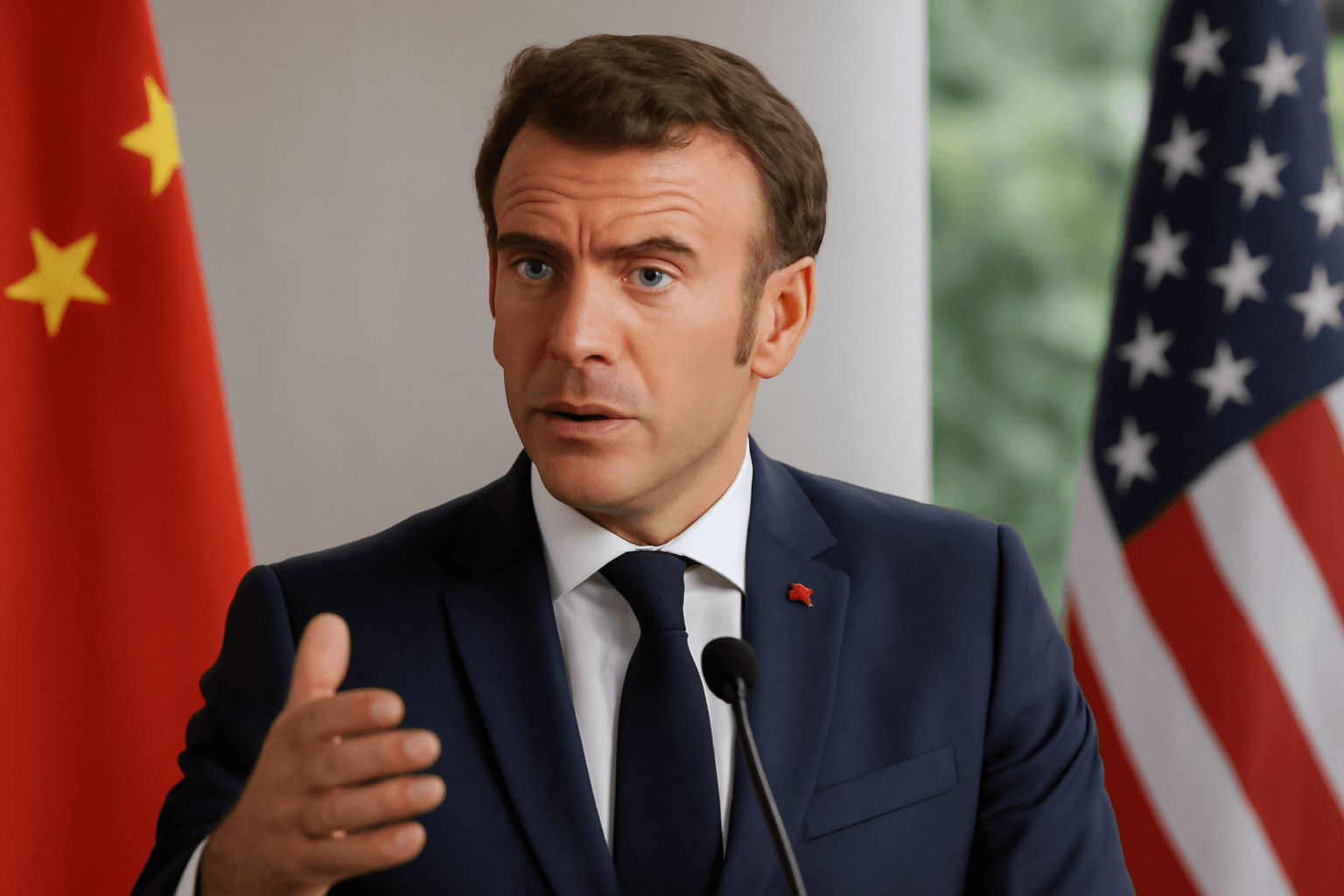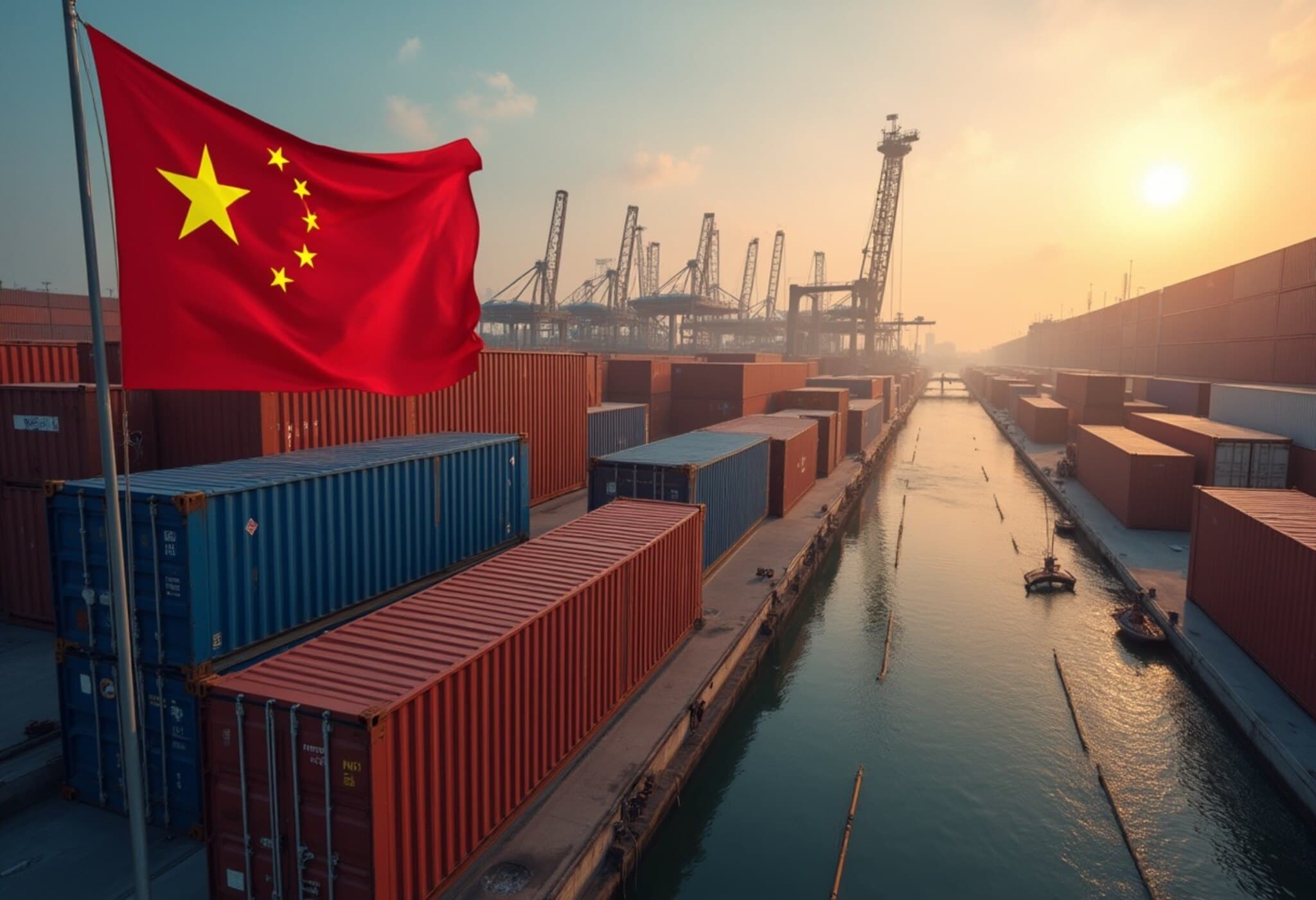Trump's 30% Tariff Threat Puts EU on Alert Ahead of August 1 Deadline
In a move that has rattled international trade circles, U.S. President Donald Trump announced over the weekend his decision to impose a hefty 30% tariff on European Union imports starting August 1, 2025. This sudden escalation has prompted European leaders to urgently reassess their strategy, seeking last-minute negotiations to avoid the sweeping tariffs which could disrupt transatlantic commerce.
EU's Immediate Reaction: Diplomacy Under Pressure
Following Trump's announcement, European Union officials reacted with a mix of regret and determination. EU Trade Commissioner Maros Sefcovic expressed deep disappointment over the sudden notice, emphasizing that discussions were already in an advanced stage. "The letter was received with regret and disappointment," Sefcovic remarked in a Monday press briefing, adding that the EU remains committed to a negotiated resolution but is preparing for all contingencies, including possible countermeasures.
European capitals have held emergency talks to delay the implementation of their own retaliatory tariffs, which were previously scheduled for this week. The EU is ensuring it has all options on the table to respond proportionately if the U.S. proceeds with the tariffs.
Economic and Political Implications for the EU
Market analysts and economists are ringing alarm bells. Alicia Garcia-Herrero, a senior fellow at Bruegel and chief Asia-Pacific economist at Natixis, commented, "This development spells bad news for Europe, signaling intensified pressure on EU negotiators to produce a more conciliatory deal." Similarly, ING’s macroeconomic team described Trump's letter as a calculated move to strengthen his hand ahead of final talks.
The looming tariffs threaten to inject volatility into EU economies that are still grappling with post-pandemic recovery and supply chain challenges. The higher costs could ripple through various industries, from automotive to pharmaceuticals, amplifying inflationary pressures and complicating trade relationships.
EU’s Strategic Options to Counter Tariff Threats
Experts suggest several pathways Brussels might pursue to de-escalate tensions or retaliate strategically:
- Boosting imports of U.S. products such as soybeans, military equipment, and technology components to satisfy U.S. demands.
- Reducing EU tariffs on select American goods, including automobiles, to foster goodwill.
- Introducing export restrictions on critical European goods prized by the U.S., like pharmaceuticals.
- Engaging in retaliatory tariff hikes targeting U.S. goods or imposing regulatory restrictions on dominant American tech companies — a high-risk move potentially igniting a full-scale trade war.
Risks of a Trade War
Implementing the "nuclear option" of tariffs on digital services and tightening U.S. tech regulations would carry significant risks. Such measures could trigger prolonged economic turmoil and erode the decades-long economic cooperation underpinning transatlantic relations.
Outlook: Is a Compromise Still Possible?
Despite the heightened stakes, many analysts remain cautiously optimistic about a compromise. Joerg Kraemer, chief economist at Commerzbank, anticipates a middle ground will emerge, likely settling on an average tariff rate around 15% — higher than the previously expected 10% but short of Trump's 30% threat.
Adding to the hopeful outlook, Berenberg economist Salomon Fiedler suggests Trump’s history of negotiation tactics indicates an inclination to settle for lower tariffs after initial aggressive declarations. The president's choice to delay implementation until August underscores a willingness to negotiate further, particularly given the domestic political risks of inflating consumer costs through tariffs.
Underlying Challenges to a Deal
However, significant hurdles remain. U.S. trade deficits continue to fuel justification for tariffs, and tariff revenues play a role in federal budget considerations. Moreover, the broad prospects of entirely removing tariffs and trade barriers between the U.S. and EU are diminishing, adding realism to negotiations.
What This Means for Global Trade and Policy
This tariff standoff underscores the fragility of today’s global trading system, where geopolitical tensions intersect with economic policy and domestic political agendas. For the U.S. and EU, the path forward will require balancing protectionist pressures with the imperatives of open markets and cooperation on supply chains.
In America, where consumers may soon face higher prices on European goods, and in Europe, where industries fear lost access to a crucial market, the stakes couldn’t be higher. Any failure to reach an agreement could set a precedent for future trade conflicts, impacting international relations far beyond the Atlantic.
Editor’s Note
The unfolding U.S.-EU tariff dispute serves as a vivid reminder of the interconnectedness of global economies and the delicate diplomacy required to maintain open, fair trade. While the threat of a 30% tariff has jolted European policymakers, it also spotlights deeper questions about the sustainability of tariff-centric trade policies and their impact on consumers worldwide.
As the August 1 deadline looms, observers should watch for signs of compromise — or escalation — that will shape the future of transatlantic economic relations and possibly set the tone for 21st-century global trade governance.

